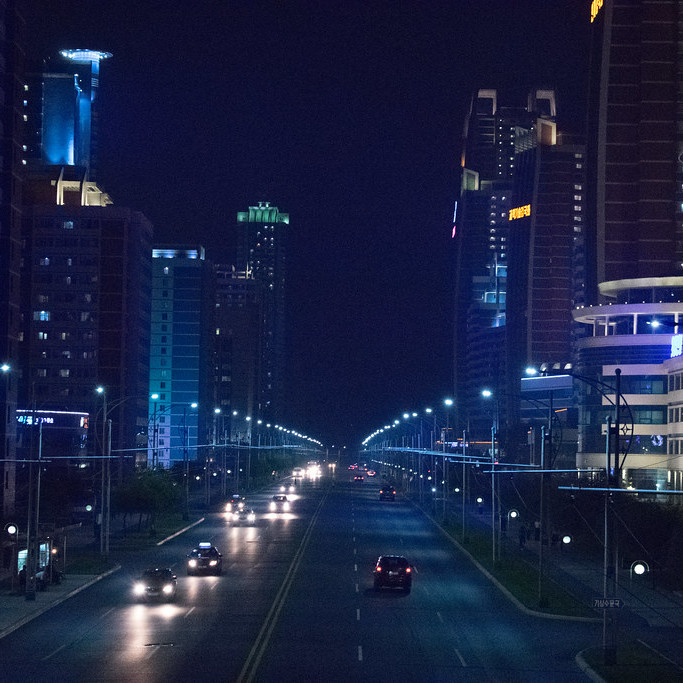Does anyone remember this famous viral video?: “This is extremely dangerous to our democracy”. A creepy montage of a wide range of local channels repeating the same message, reminiscent of 1984 and other dystopias.
For those who haven’t read it (just download free copies online), Manufacturing Consent: The Political Economy of the Mass Media by Edward S. Herman and Noam Chomsky (1988, with revisions) is a book which proposed a propaganda model explaining the trends and behaviors of the US mass media system, not just how they are influenced by government but even more how economic and social influences promote this behavior without overt coercion or state censorship. It uses a variety of major historical examples, and later editions preface with discussions of the increasing centralization/consolidation of media companies and their move to the internet. It’s an excellent and influential book, and an Orwell Award winner.
But about CONSPIRACY
A conspiracy is when participants have a secret plan or agreement to some harmful or illegal purpose[wiki], such as the Business Plot (1933) by various corporations and COINTELPRO by the FBI.
In Manufacturing Consent, the creators explicitly declare that their model does not rely on conspiratorial reasoning: that the propagandist patterns of mass media are all a result of an explicit conspiracy which all the major perpetrators are co-operating with. Instead, they argue that a variety of uncoordinated but systematic external factors create a pressure for media to encourage and discourage certain types of content. They define and justify five main ‘filters’ that determine the content we see:
- Size, ownership, and profit orientation of dominant media outlets: they must cater to the financial interests of the owners such as corporations and controlling investors.
- Advertising: almost all revenue needed for them to survive comes from advertising, so media must cater to advertiser’s political and economic desires.
- Sourcing mass media news: larger and more aligned media outlets get special access to many routine news sources like government announcements and large organizations in a mutual benefit situation. Other news sources are more expensive and risky to access by nature, and the large routine ones can arbitrarily exclude media publishers they don’t like, especially those non-mainstream. This encourages mainstream media to seek those routine sources, creating a bias in what facts they receive.
- Flak: legal, social or reputational harassment is expensive and damages advertising revenue. It is often conducted by powerful, private influence groups like think tanks. Even if not explicitly a conspiracy, they often still align incidentally. This threat to media outlets deters reporting certain facts or opinions
- National enemies: during the Cold War, anti-communism created a social filter that not only affected communism, but rather anything considered remotely related such as socially-progressive policies, civil rights, and being opposed to the invasion in Vietnam, along with impacts on how news criticized Nicaragua’s democratic elections while unanimously legitimizing El Salvador’s extreme violent repression and corruption as democratic. After the fall of the USSR, this was replaced with the War on Terror as the major social control mechanism, affecting reporting on the recent conflicts in the Middle East.
(more quick explanation and justification for those who haven’t yet read the book: https://en.wikipedia.org/wiki/Propaganda_model )
The point of that list being, the mass media organizations, government, think tanks and advertisers all have their own motivations and don’t require a conspiracy or overt government coercion to cause the censorship and propaganda they create. They individually have agendas and abuse their power or profit or influence, but the model’s creators argue that there is no need to blame a real conspiracy for this behavior. An interesting side effect is that these induce self-censorship and a bias in sources where the writers usually haven’t been told not to write about something, it’s simply not economically viable and discouraged independently by each large media outlet, leading to an unorganized but systematic system of propaganda that discourages criticism of the state and of major businesses.
What are your thoughts on this? Do you believe it’s justified to claim the mass media’s biases largely aren’t conspiratorial, or would you debate otherwise? Do you think this is comparable to the alt-right concept of “Deep State” or that DS theory implies the hidden shadow conspiracy that this denounces?
I’m coming at this as a marxist and not as someone who buys into conspiracy theories: what you’re basically saying is that the Bourgeoise will tend to work in favor of their own class interests. It’s not a conspiracy theory, but it is commonly treated like one when you say the quiet part out loud. Everyone from Marx to Zizek, Graeber, and Parenti recognize this fact and have their own analyses of it. In the present day, cybernetics is also a topic of consideration and acts as a mechanism through which these actions occur.
Well I think the model itself doesn’t even require that acknowledgement of economic class: it’s companies, states and individuals acting in their (perceived) rational best interest in the current social and economic environment, whether by threat, economic pressure or people with power acting in their economic and political interests.
Of course, that obviously does complement the ‘quiet part’ perfectly, the Bourgeoisie under US capitalism are the ones who control the narrative though their capital, they are the ones who control if certain media shall receive substantial ad revenue, they are the ones who influence or control the state and determine national enemies, they are the ones who can generate the most flak, and they are the ones who own the media companies in the first place! So I agree that it is what is being described in this case, although I think it might also be useful to see how effective this Propaganda Model is describing other environments that aren’t as similar to the US.
If the model can indeed be applied independently of the current capitalist economic classes, it would be useful to try and predict how effective a solution would be at fixing this. For example, I think any Marxist ideal wouldn’t allow the accumulation of capital that leads to many of these factors forming, and I think any Marxist ideal wouldn’t allow advertising to be the way media organizations sustain themselves, so that removes many of the filters. But how many of these filters would still exist in, say, a Leninist/etc. state without overt government media coercion? Do national enemies have the same influence? Who controls flak? Is the power of influence inherent in a popular publication fair? Does a destructive culture have as much harmful power as capital?
but it is commonly treated like one when you say the quiet part out loud
That’s a good point, I think that it’s easy for many to misinterpret Bourgeoisie as essentially meaning ‘the rich’ and assume that an accusation of them acting in their rational self interest is a critique of them or having resources, as opposed to a critique of the system that encourages that behavior and actively raises the most exploitative into power. Them often conflating is a consequence, not the root cause.
Does anyone remember this famous viral video?
Yeah, I think I have it saved somewhere.
Do you believe it’s justified to claim the mass media’s biases largely aren’t conspiratorial
They all do it to an extent, some more than others.
Do you think this is comparable to the alt-right concept of “Deep State”
Yes, but unfortunately the people who talk about the “Deep State” seem to be the ones most entrenched by it.
it’s simply not economically viable and discouraged independently by each large media outlet
Here’s an example of that from the movie The Big Short.


